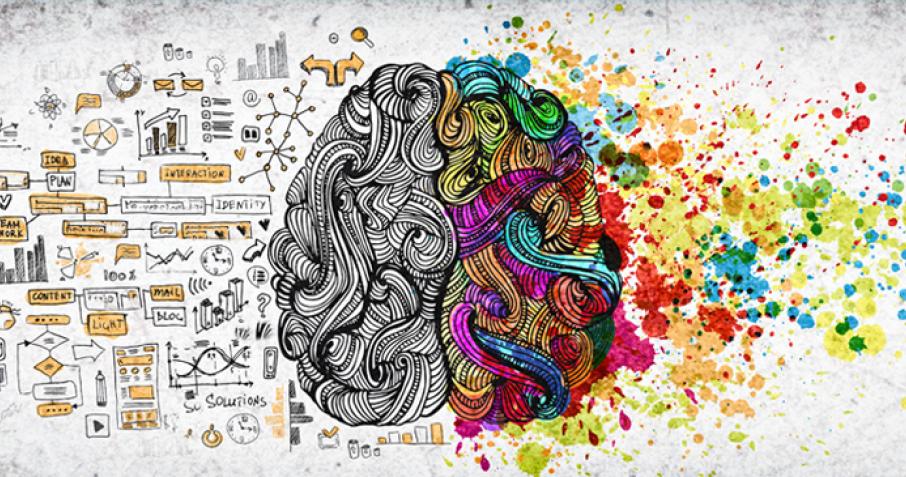Most people believe that investing is the science of generating a return on capital. That is an accurate but incomplete assessment. I believe it is more useful and comprehensive to define investing as the decision-making behavior of human beings as they interact with money: What their financial desires are, the risks they embrace, how they think about wealth, and what emotional pain they willingly suffer in order to generate that return on capital.
At its heart, investing is a problem-solving exercise, filled with opportunities that reveal the errors we all make. If a core part of investing is the study of human behavior, then we must recognize the way human behavior manifests itself is in the way we make decisions.
To be better investors, we have to learn how to make better decisions.
The deeper you fall down this rabbit hole, the more you learn exactly how important good judgment and decision making is. It affects every aspect of your life, from who your spouse is, how successful your career may become, how good your healthcare outcomes are, and how fulfilling your relationships are. Good decision-making leads to increased happiness, greater life satisfaction, and perhaps even becoming the best person you can be.
I’m not suggesting that you have to be a great investor in order to have a good life; rather, I want you to think about the skill sets that go into investing and how transferable they are to much of what you do outside of the world of finance.
Perhaps this is why my definition of investing differs from the mainstream:
“Investing is the art of using imperfect information to make probabilistic assessments about an inherently unknowable future.”
There is a lot of nuance packed into those 17 words.
– “Art” refers to the fact that this is not a science, and there is no single optimal solution for everybody.
– “Imperfect information” refers to the fact that no one can possibly know all there is to know at any given moment. The information we have is dyanmic, at best incomplete, often confusing, and frequently wrong.
– “Probabilistic assessments” reveals recognizing lots of outcomes are possible; we need to plan for not one but many potential future results.
– “Inherently unknowable” is a very humbling acknowledgment of how little we actually know about the future. Nearly all of the time, we do not – and cannot – know what comes next. This should be reflected in how we invest.
– “Future” demands optimism. Pessimists have been on the losing side of the trade for all of human history. Even setbacks like the dotcom implosion, the GFC and the pandemic were temporary. Pessimism is a bet against human ingenuity, and that is a bet I am unwilling to make.
I’ve spent my adult life watching markets and, more importantly, how people behave when they interact with those markets.
Given the widespread adoption of behavioral economics (including three separate Nobels for Kahneman, Schiller, and Thaler) we tend to take this for granted today. It wasn’t all that long ago that BeFi was not a thing that investors took seriously.
The process by which you make decisions is worth examining. Whether we are talking about important milestones in life or your asset allocation, don’t let your decision-making default setting be “auto-pilot.”
Previously:
Simple, But Hard (January 30, 2023)
Investing is a Problem-Solving Exercise (January 31, 2022)
The 10 Most Useless Phrases in Finance (September 25, 2020)
Reduce the noise levels in your investment process (November 9, 2013)



